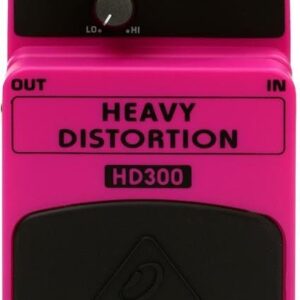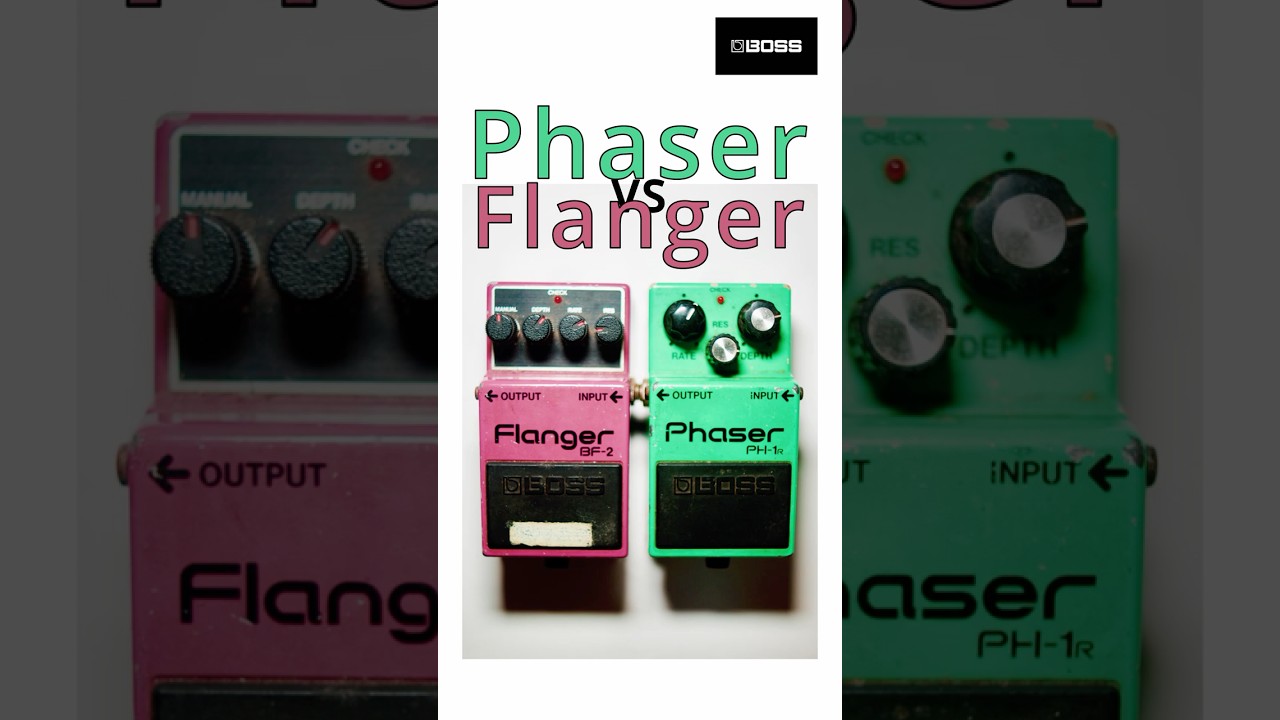Description
The Behringer UM300 Ultra Metal Distortion Pedal is currently retailing at £23.99 and it is in stock. Available to be delivered to you by post direct (some charge may apply).The team at Just Pedals think that Behringer nailed it with the Behringer UM300 Ultra Metal Distortion Pedal.
This Sale stock has been on display hence the incredible discounts! We take good care of our display stock but eventually we have to make space for other products so don’t miss this chance to pick up a great bargain today!
N.B. Price applies to display model only. Once our display model has sold, we cannot offer any more of these items at the sale price.
The Behringer ULTRA METAL UM300 is a Heavy Metal Distortion Effects Pedal.
Take off with the Behringer ULTRA METAL UM300 featuring the most extreme and sought-after hard rock or heavy metal distortion! The Multi-gain circuitry gives you super-thick, tube-like distortion plus endless sustain.
Features
- Dedicated Distortion, 3-band EQ and Level controls for awesome sound shaping
- Blue status LED for effect on/off and battery check
- Runs on 9 V battery or the BEHRINGER PSU-SB DC power supply (not included)
- First-class electronic On/Off switch for highest signal integrity in bypass mode

































